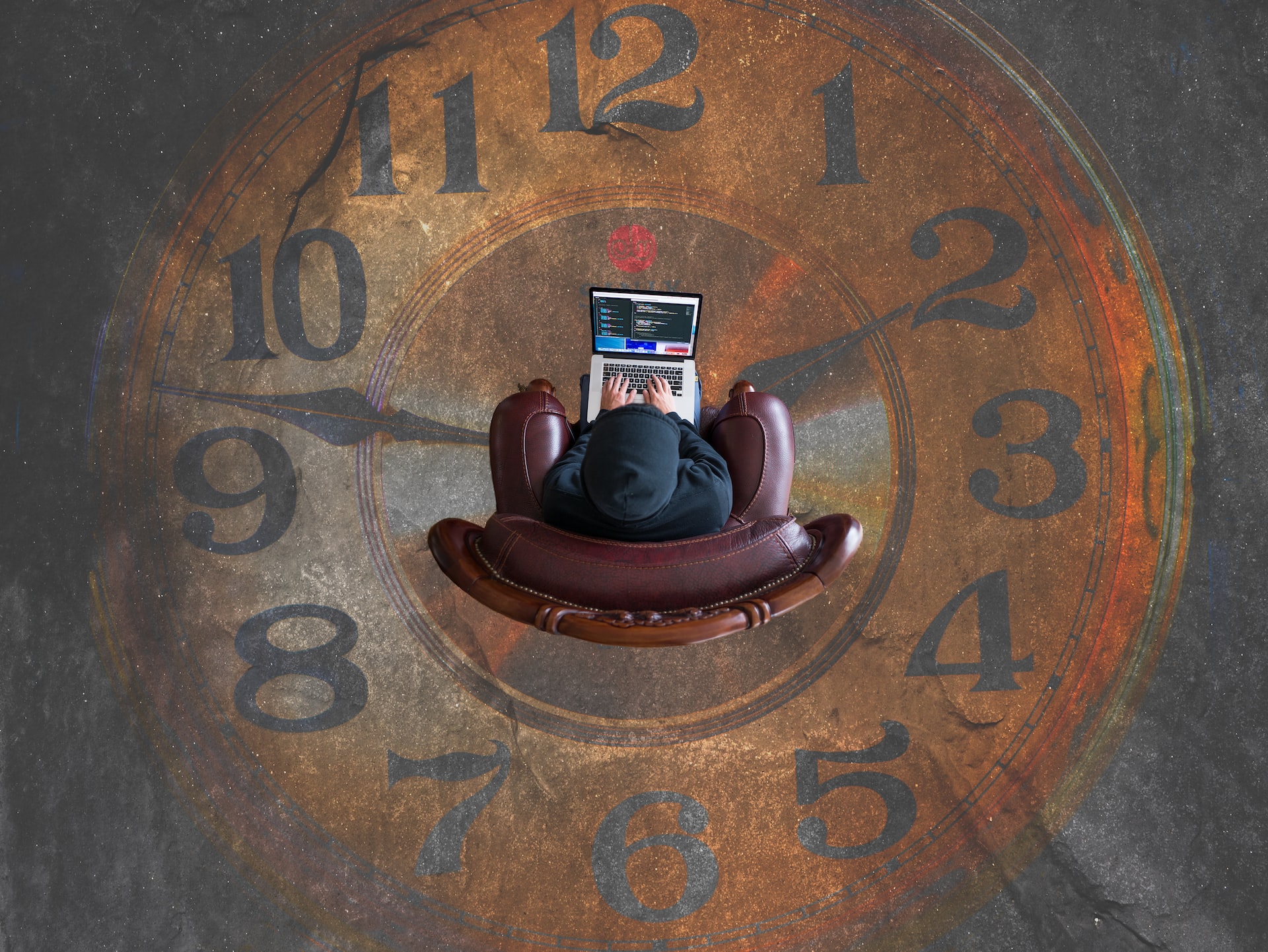
The difference between pressure and stress for peak performance
February 9, 2023
Four ways to enter a flow state of mind
April 4, 2023With our fast-paced lives, prioritising your workload can help you be more efficient and achieve your goals faster. We often find ourselves juggling multiple tasks and wasting precious time on meetings that could have been an email. So how do you make more time for creativity and ultimately become more productive?
Understanding the urgency and importance of tasks coming your way is the first step. Stephen Covey’s ‘Four Quadrants’ is a useful time management tool to help prioritise work tasks and identify those pesky timewasters.
A matrix to prioritise tasks
The Four Quadrants Matrix groups each task based on its urgency and importance. Important tasks need you to act and they can’t be delegated to someone else. Urgent tasks need immediate action. The aim of using this task matrix is to help improve your work-life blend and encourage growth and achievement.
Quadrant 1 – Important and urgent
These tasks need instant attention. Think deadlines, emergencies, and crises. This could be an unexpected event like your child being taken ill, and you are the only one who can collect them. You drop all current responsibilities and focus on dealing with the urgent matter. This quadrant (Q1) is stressful and chaotic and spending long periods dealing with these tasks isn’t good.
Quadrant 2 – Important not urgent
Tasks in this quadrant (Q2) are not as urgent as the first. There’s more room for thinking and planning time. You must still be the one to action these tasks, but they don’t need immediate attention. These tasks are important for your long-term work goals and personal growth and can include exercise, reading, and relationship building.
Covey stresses that Q2 is the most important quadrant but is the most frequently overlooked. We often don’t take the time to focus on goal setting and working out the big priorities. We react to things and get busy with stuff that we shouldn’t be (ad-hoc meetings, social media). It’s important to give ourselves space in Q2 if we want to be successful in our time management and longer-term objectives. If we don’t spend enough time in Q2, all our tasks will end up in Q1, and that’s a problem.
Quadrant 3 – Urgent not important
These tasks can feel pressing but can often be delegated or postponed. This includes interruptions, emails, and low-priority meetings. Challenging back on other people’s priorities and setting boundaries can protect your time. Their priority isn’t always yours. Not sure how to push back? Read our ‘how to handle difficult conversations’ blog.
Quadrant 4 – Not urgent, not important
Tasks in this quadrant are often distractions or timewasters, so steer clear of these if possible. This could be procrastinating, watching TV, playing video games, and using social media.
The Big Rocks concept
The ‘Big Rocks’ concept was introduced by Covey in his book The 7 Habits of Highly Effective People. The idea is that you should prioritise tasks by focusing on the ‘big rocks’ first, which are the important and significant tasks that drive your goals and priorities.
Here’s how it works: Imagine you have a jar and you want to fill it with rocks, gravel, sand, and water. If you start by filling the jar with sand and water, you may not have enough space for the big rocks. But if you start with the big rocks first, you can make sure they fit, and then fill in the smaller spaces with the rest of the materials.
In the context of time management, the big rocks represent your most important tasks, projects, and goals. By focusing on these tasks first, you ensure that you are making progress on what truly matters to you. You can then fit in the smaller tasks around your big rocks.
The Big Rocks concept is a reminder to prioritise your tasks based on their importance and significance, rather than just urgency. By focusing on your big rocks first, you can ensure you’re making progress towards your long-term goals, while still managing your daily tasks.
Questions to ask yourself
Prioritising tasks using a time management matrix will hopefully get you thinking about and questioning your current work habits. Here are a couple of questions to consider:
- What have you noticed about how you manage your time at the moment?
- How could you deal with tasks more effectively?
Do you need help prioritising tasks to improve your personal effectiveness? Cube Learning and Development delivers tailor-made training and development programmes for your teams along with personal coaching to help with effective communication and presentation. For a no-obligation chat about this and our other training, call Chris Burton on 07879 602002.
Featured image courtesy of – Unsplash – Eden Constantino




